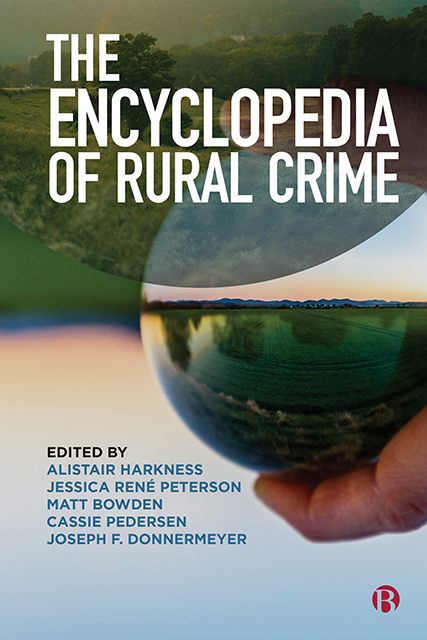Book contents
18 - Dark Tourism
Published online by Cambridge University Press: 20 June 2023
Summary
Defining dark tourism
According to Walby and Piche (2011), the term ‘dark tourism’ broadly refers to travel and tourist sites that provide representations of death, disasters, atrocities and other tragedies for either pedagogical and/ or commercial purposes. Dark tourism offers many tourists a way to remember (and at times to celebrate), understand and confront a region or nation’s darker aspects of history, heritage and culture. Further, dark tourist sites can play an important role in creating and building identities as well as sustaining economies (regional and national).
Dark tourism is usually considered to encompass travelling to sites of atrocity, such as Holocaust museums and sites; war sites or graves; cemeteries; convict and (usually) decommissioned penal institutions; courthouses and police museums; and sites of (or associated with) sensational crimes. However, it can also include travelling to sites of colonial violence, locations associated with bushrangers, crime and ghost tours – and there is even the potential for tourism of bushfire sites or ‘deadly towns’.
Whilst there is substantial debate over what actually constitutes ‘dark tourism’ and what makes a destination ‘dark’, there is a consensus that travel to places of tragedy, death, destruction and atrocity has had a long history of being a leisure and/ or pilgrimage activity. Additionally, it is important to recognize that there are many different types of dark tourist sites with varying aims and levels of ‘darkness’. Stone (2006) has developed a ‘darkest-lightest’ spectrum which can be used to understand the type of experience a dark tourist site is offering, particularly in relation to the emphasis on educational resources versus sites more focused on entertainment.
Where dark tourism has been examined, it has largely focused on those sites located within urban settings. Whilst there has been some recognition and analysis of some rural dark tourism sites, this is still very much an under-researched area.
Rural dark tourism
There are many distinguishing aspects of rural and regional dark tourism travel. When we think of rural spaces, we often conjure an image of beautiful bushland or widespread, peaceful, idyllic countryside. This then becomes the rural idyll or rural utopia and can play a large role in marketing campaigns to attract local and international tourists.
- Type
- Chapter
- Information
- The Encyclopedia of Rural Crime , pp. 78 - 80Publisher: Bristol University PressPrint publication year: 2022



